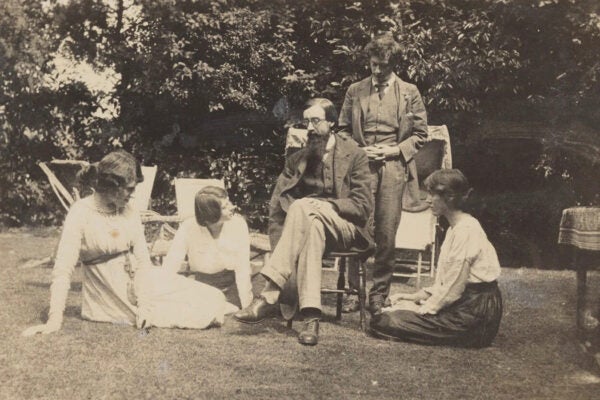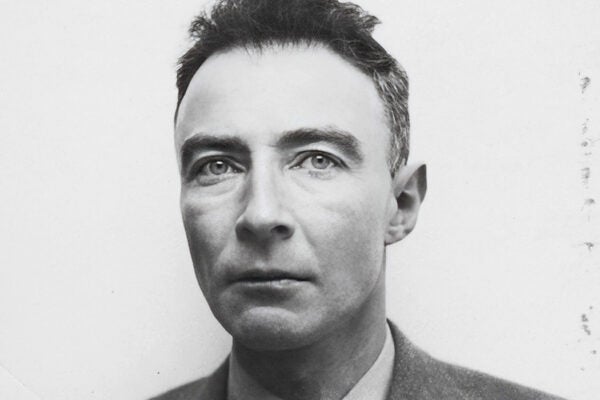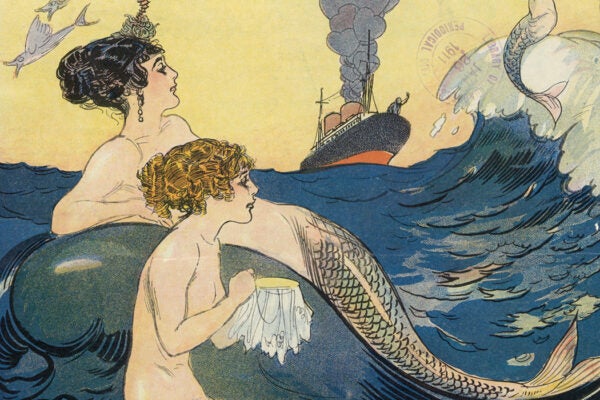The Bloomsbury Group: A Reading List
In 1905, a group of writers and painters gathered in a London home and began a conversation on politics, love, sex, and art that lasted decades.
How to Headhunt for “Singapore Inc”
Some upwardly mobile Singaporeans who have worked abroad may express their buy-in through coming-of-career narratives.
Self-Publishing and the Black American Narrative
Bryan Sinche’s Published by the Author explores the resourcefulness of Black writers of the nineteenth century.
The Annotated Oppenheimer
Celebrated and damned as the “father of the atomic bomb,” theoretical physicist J. Robert Oppenheimer lived a complicated scientific and political life.
“The Poet Is a Man Who Feigns”
Portuguese modernist Fernando Pessoa channeled a grand, glorious chorus of writers—heteronyms, he called them—robust inventions of his unique imagination.
Digital Overload
How can contemporary biographers contend with the explosion of materials at their disposal?
Honey Cocaine’s Unexpected Cambodian Canadian Life Story
The Toronto rapper embraces a patois-inflected “bad gal” image to tell a deeply personal story about historical violence.
The Scholars Charting Black Music’s Timeline: Douglas Henry Daniels & Paul Austerlitz
Daniels and Austerlitz tell the story of jazz, from its origins in the blues, gospel, and funk to its impact on music around the world.
Mermaids: Myth, Kith and Kin
Ariel epitomizes mermaids now, but these beguiling creatures precede her by millennia, sparking imaginations the world over with a hearty embrace of otherness.
Christian Dior vs. Christian Dior
The designer’s impulse to convey his two selves to the public stemmed from a desire to be seen as genuine artist working in a world of artifice.









